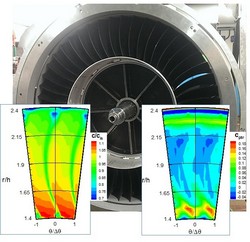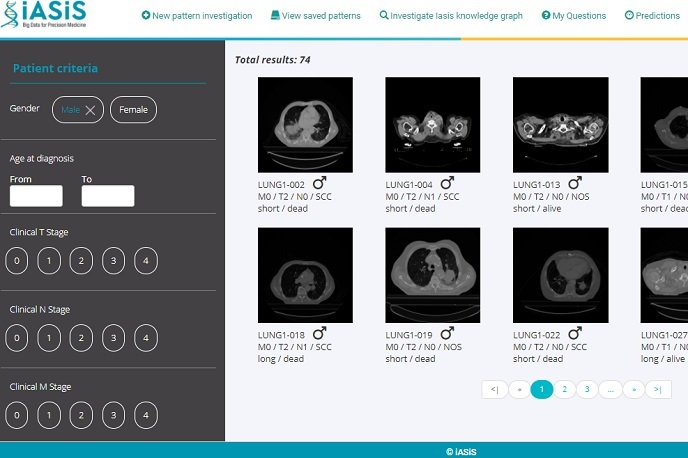Optimal aerodynamic design for turbine blades
In comparison to conventional engines, a high-speed LPT permits higher stage efficiencies through lower aerodynamic loads. The number of turbine blades can be reduced, which in turn reduces the engine's overall length and weight and cuts the costs of maintenance and associated emissions substantially. However, ensuring performance and safety with fewer blades and higher hub stresses requires careful optimisation of design parameters. To meet the challenging design constraints of high-speed LPT rotor blades, researchers launched the EU-funded project ITURB (Optimal high-lift turbine blade aero-mechanical design). The ITURB team redesigned such a rotor blade starting from a baseline configuration, representative of the state-of-the-art LPT rotor. The new blade design was based on a multi-objective optimisation strategy, covering geometries and computational fluid dynamics. Specifically, researchers used 3D steady viscous computations based on a kappa-omega turbulence model to evaluate the aerodynamic performance. For mechanical integrity checks, they assessed the maximum rotor stress due to centrifugal forces. Lastly, researchers exploited artificial neural networks to explore the design space using a response-surface approach. The combined strengths of the optimisation procedures led to an aerodynamically sound configuration meeting both mechanical and geometrical constraints. The final design was validated in an experimental campaign carried out at a single-stage low-speed turbine facility. The experimental results were compared against numerical calculations of the rotor performance for fixed Reynolds number while varying the rotor incidence angle. The ITURB theoretical and experimental design and testing tools resulted in a high-speed LPT rotor blade configuration promising reductions in weight, fuel consumption and emissions. The new blade design forms an important part of the Clean Sky initiative to reduce the environmental footprint of air transport.







